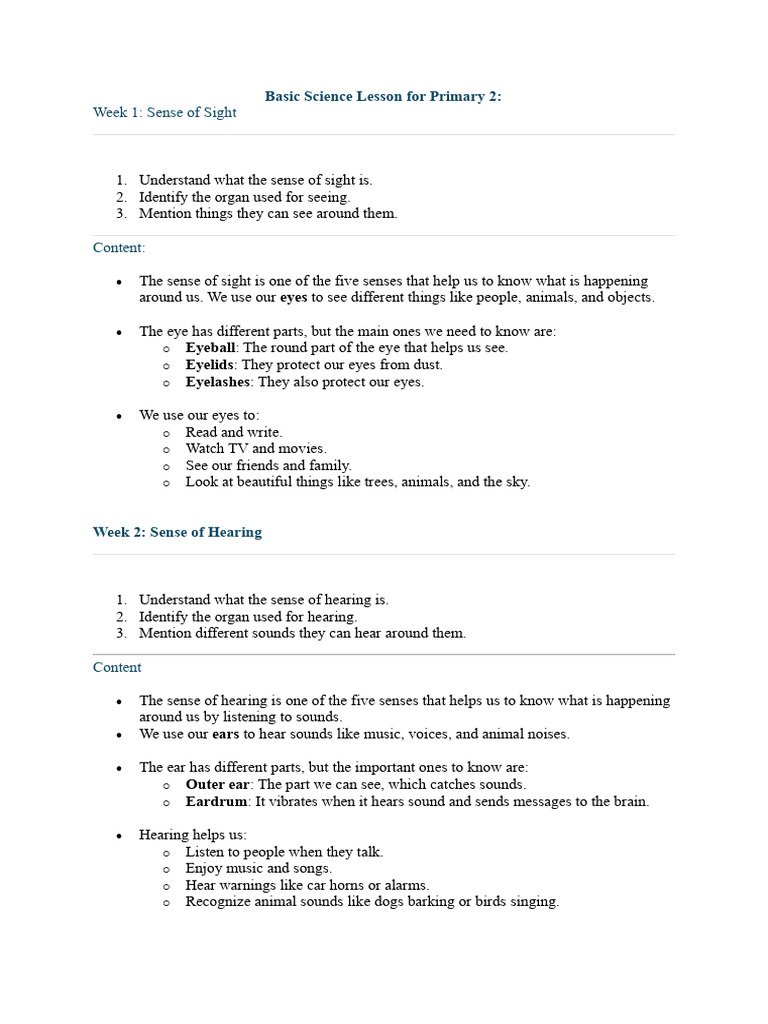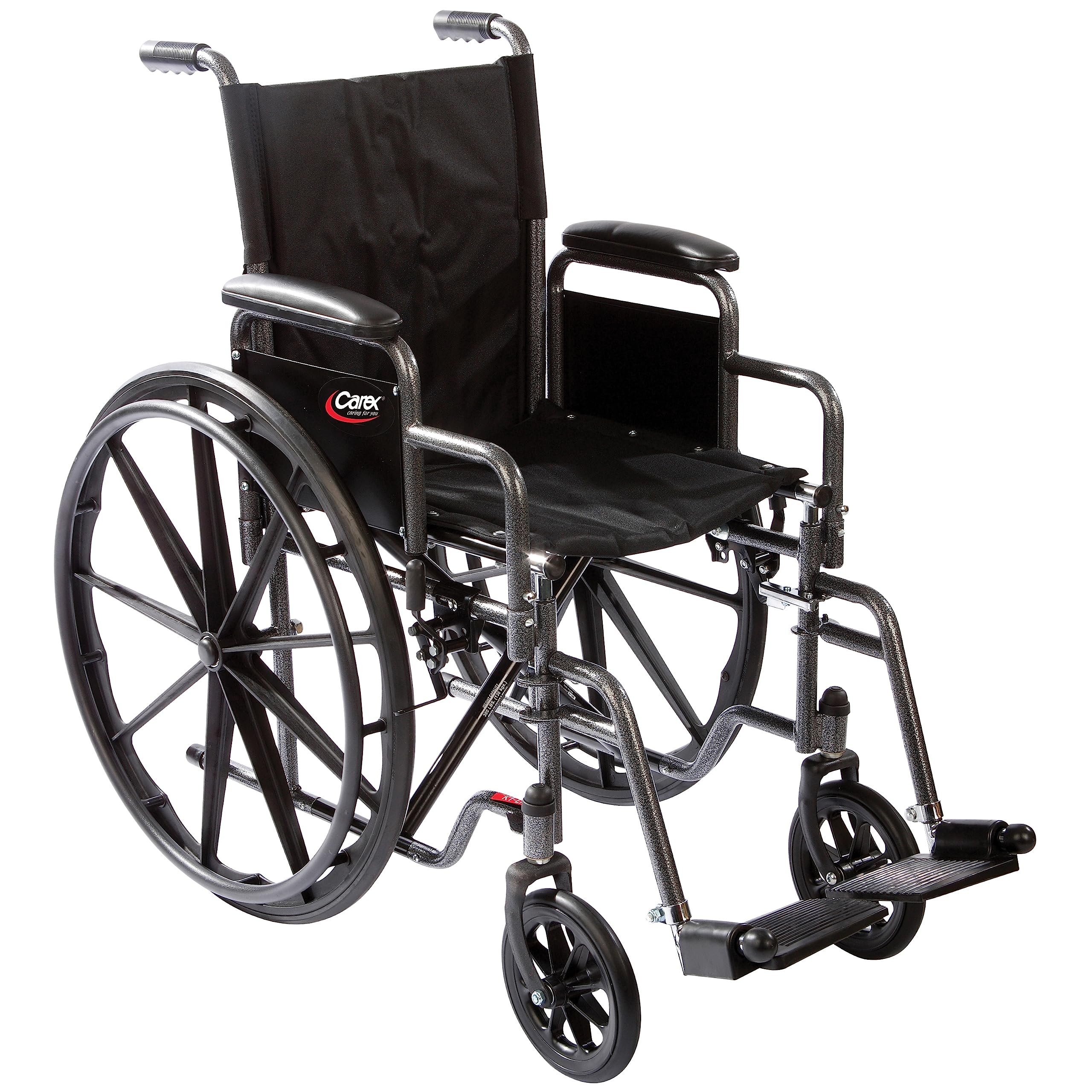“Basic science for primary 2 lays the foundation for a lifelong journey of curiosity and discovery. Through simple experiments and hands-on activities, children explore the wonders of the natural world, sparking their interest in how things work. This early exposure to scientific concepts not only nurtures critical thinking skills but also fosters a love for learning. Join us on a fascinating exploration of basic science for primary 2, where young minds are empowered to question, observe, and uncover the mysteries of the universe.”
Exploring Basic Science for Primary 2
Welcome, young scientists! Today, we are diving into the exciting world of basic science for primary 2. Science is all around us, from the stars in the sky to the bugs in the garden. In this article, we will explore various fascinating topics that will help you understand the wonders of the natural world. So, put on your thinking caps and get ready to embark on a scientific journey!
The Magic of Matter
Let’s start with the building blocks of everything around us – matter. Matter is anything that has mass and takes up space. In primary 2 science, you will learn about the different states of matter: solid, liquid, and gas. Imagine a solid block of ice melting into a liquid or water evaporating into an invisible gas – that’s the magic of matter changing its state!
Experiment Time: States of Matter
For a fun and interactive experiment, try freezing water to make ice cubes. Watch as the ice cubes melt into liquid water when left out at room temperature. You can even observe water turning into gas when you boil it on the stove. Remember, matter is all around us, and it’s constantly changing!
The Power of Plants
Plants are like nature’s magicians, performing their own photosynthesis magic trick to make food. In primary 2 science, you will learn about how plants use sunlight, water, and carbon dioxide to create energy in the form of glucose. This process not only feeds the plants but also provides oxygen for animals to breathe. It’s a win-win for everyone!
Fun Fact: Green Leaves
Have you ever wondered why leaves are green? That’s because they contain a pigment called chlorophyll, which helps plants absorb sunlight for photosynthesis. Next time you’re out in nature, take a closer look at the green leaves and appreciate the science behind their color!
The Marvels of Magnetism
Magnets are like little pieces of magic in the palm of your hand. In primary 2 science, you will discover the wonders of magnetism and how magnets attract certain materials like iron and nickel. You’ll also learn about the poles of a magnet – the north pole attracts the south pole, while similar poles repel each other. It’s like a secret dance between the magnet’s invisible forces!
Magnet Maze Challenge
For a hands-on activity, create a magnet maze using paper clips and a magnet. Guide the magnet through the maze by attracting the paper clips along the way. It’s a fun way to explore the power of magnetism and test your skills as a young scientist!
The Mysteries of Motion
Have you ever wondered why things move the way they do? In primary 2 science, you will explore the mysteries of motion and the forces that make objects speed up, slow down, or change direction. You’ll learn about concepts like gravity, friction, and inertia – all of which play a role in how things move in the world around us.
Gravity Drop Experiment
Try this gravity drop experiment at home: drop two objects of different weights (such as a feather and a rock) at the same time from the same height. Observe which object hits the ground first and discuss why with your friends or family. It’s a simple yet engaging way to understand the force of gravity!
The Universe Unveiled
Look up at the night sky, and you’ll see a universe full of mysteries waiting to be discovered. In primary 2 science, you will learn about the solar system, the planets, and the stars that light up the darkness. You’ll marvel at the vastness of space and the wonders of the cosmos that stretch beyond our imagination.
Starry Night Observation
On a clear night, step outside and gaze up at the stars. Try to spot constellations like the Big Dipper or Orion’s Belt. Use a basic star chart to help you identify different stars and learn more about the stories behind them. Who knows, you might even discover a new favorite star!
Science is like a never-ending adventure, full of surprises and discoveries waiting to be made. As you continue your journey through basic science for primary 2, remember to stay curious, ask questions, and explore the world with a sense of wonder and excitement. The more you know about science, the more magic you’ll uncover in the world around you. Happy exploring, young scientists!
BASIC SCIENCE (Primary 2) – SIMPLE MACHINES
Frequently Asked Questions
What are the three states of matter?
There are three main states of matter: solid, liquid, and gas. Solids have a fixed shape and volume, liquids have a fixed volume but take the shape of their container, and gases have neither a fixed shape nor volume.
How does heat affect matter?
Heat can cause matter to change states. For example, when a solid is heated, it may melt and turn into a liquid. Similarly, when a liquid is heated, it may boil and turn into a gas.
What is a living organism?
A living organism is a living thing that can grow, reproduce, respond to stimuli, and adapt to its environment. Plants, animals, and humans are examples of living organisms.
Why do magnets attract certain materials?
Magnets have the ability to attract certain materials such as iron, nickel, and cobalt due to their magnetic properties. These materials are known as ferromagnetic materials, and they are strongly influenced by magnetic fields.
Final Thoughts
In conclusion, basic science for Primary 2 lays the foundation for young minds to explore the wonders of the world. By engaging in simple experiments and observations, children develop a curiosity for how things work. Encouraging their natural inquisitiveness fosters a lifelong love for learning and discovery. Emphasizing hands-on activities and interactive lessons makes learning science enjoyable and relatable for young learners.




